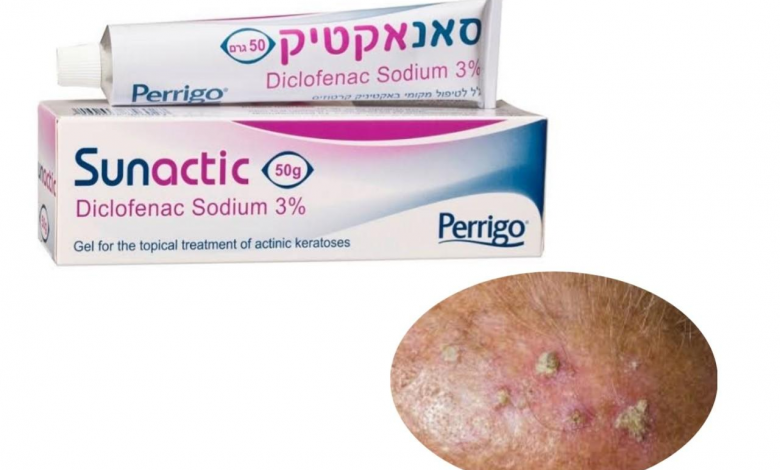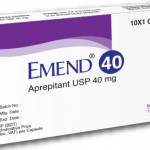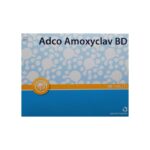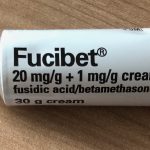Sunactic Gel: Uses, How it works, Side Effects, Interactions

What is Sunactic gel?
Sunactic gel is a medication that contains Diclofenac Sodium 3% as the active ingredient, diclofenac sodium, in a clear, transparent, colorless to slightly yellow gel base. Diclofenac sodium is a white to slightly yellow crystalline powder.
Sunactic gel is a non-steroidal anti-inflammatory drug (NSAID). It works by blocking proteins in your body that help form new cells and blood vessels. By blocking these proteins, diclofenac treats actinic keratoses (AK) by stopping abnormal skin cells from growing.
What is Sunactic gel used for?
Sunactic gel is used for the treatment of actinic keratoses also called solar keratoses. These are dry scaly patches of skin that have been damaged by the sun. The patches are not usually serious. It results from too much exposure to ultraviolet (UV) light from the sun or tanning beds. It’s one of the most common skin conditions in the United States and is seen more often in people with light-colored skin.
People with AK might notice symptoms such as rough and scaly patches, rough pimple-like bumps, or raised pink or gray patches on their skin. If left untreated, AK can develop into skin cancer.
Comparably, the overall rate of actinic keratosis in the United States is estimated to be approximately 10.2% in females and 26.5% in males. In the United Kingdom, the prevalence is 15% in males and 6% in females.
Typical dosing for Sunactic gel
The typical dose is to apply to the affected area(s) 2 times a day. Use enough gel to cover each skin lesion (abnormal area of skin growth). This medication is usually used for 2 to 3 months.
Can I apply Sunactic gel to damaged skin?
No, don’t apply Sunactic gel to any open skin wounds, infections, or damaged and peeling skin (exfoliative dermatitis). Applying the gel to these areas of the skin can cause you to absorb more medication and might put you at a higher risk of side effects. If your skin is damaged, talk to your provider about other possible options for you.
Do I need to protect myself from the sun while using Sunactic gel?
Yes, you need to protect yourself from the sun while using Sunactic gel. This medication makes your skin more sensitive to the sun, so staying out of the sun can prevent sunburns. Because actinic keratosis results from too much exposure to UV light, limiting or avoiding sunlight can also prevent your condition from getting worse. Take care to protect your skin if you need to spend a long time outside, even when it’s cool and cloudy. Try to stay in shaded areas as much as possible. If that’s difficult, you can wear long-sleeved shirts and pants to cover your arms and legs or a wide-brimmed hat to protect your face and neck.
Can I apply lotion, sunscreen, or makeup over Sunactic gel?
No, applying lotion, sunscreen, or makeup might affect how well your skin absorbs Sunactic gel. Ask your provider if you can apply these and other skin products with this medication.
Can I use Sunactic gel to ease pain from arthritis?
No, Sunactic gel is only approved to treat actinic keratoses. Sunactic is used to treat pain from arthritis. If you have both actinic keratosis and arthritic pain, don’t use diclofenac 1% and 3% gel together unless your provider instructs you to do so. Using them together can put you at higher risk for side effects, such as stomach bleeds, stroke, and kidney problems. If you have both medical conditions, ask your provider what treatments are most appropriate for you.
Sunactic gel side effects
Sunactic gel can cause mild or serious side effects. The following list contains some of the key side effects that may occur while using Sunactic gel. This list does not include all possible side effects. For more information on the possible side effects of Sunactic gel, or tips on how to deal with a troubling side effect, talk with your doctor or pharmacist.
Sunactic gel can also cause other side effects.
More common side effects
The more common side effects that can occur with Sunactic gel include:
• itching or rash at the application site
• stomach pain
• constipation
• diarrhea
• gas
• heartburn
• nausea
• vomiting
• sleepiness
Serious side effects
Call your doctor right away if you have serious side effects. Call 911 if your symptoms feel life-threatening or if you think you’re having a medical emergency. Serious side effects and their symptoms can include the following:
- Allergic reaction. Symptoms can include:
- itching
- rash
- breathing problems
- hives
- Edema. Symptoms can include:
- swelling of the feet or ankles
- increased blood pressure
- increased weight
- Stomach ulcer or stomach bleeding. Symptoms can include:
- very dark stools
- blood in your stool
- Bruising more easily.
Sunactic gel may cause other side effects. Call your doctor if you have any unusual problems while taking this medication.
If you experience a serious side effect, you or your doctor may send a report to the Food and Drug Administration’s (FDA) MedWatch Adverse Event Reporting program online (http://www.fda.gov/Safety/MedWatch) or by phone (1-800-332-1088).





